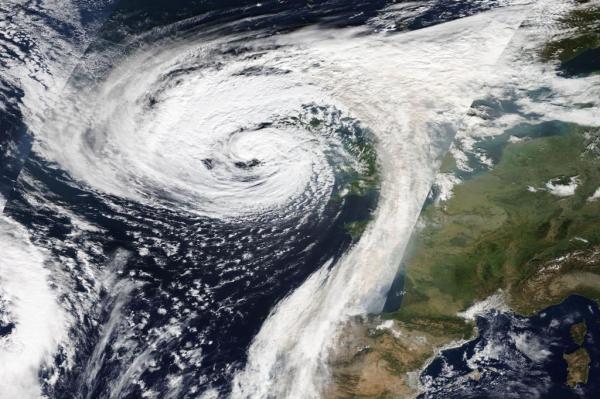
Jan. 13 (UPI) — Scientists have identified a link between jet stream variability during the last half-century and increases in extreme weather in Europe, including storms, flooding, drought, heatwaves and wildfires.
Using tree rings from the British Isles and Mediterranean, scientists at the University of Arizona sussed out late-summer weather patterns across Western Europe going back nearly three centuries, to 1725.
“We find that the position of the North Atlantic Jet in summer has been a strong driver of climate extremes in Europe for the last 300 years,” Valerie Trouet, a scientist at Arizona’s Laboratory of Tree-Ring Research, said in a news release.
The work of Trouet and her colleagues helped provide context for modern observations of the jet stream’s seasonal patterns. Their data — published this week in the journal Nature Communications — showed the jet stream’s north-south fluctuations have increased during the latter half of the 20th century.
“Since 1960 we get more years when the jet is in an extreme position,” Trouet said.
The jet stream’s extreme northern position often triggers heatwaves across Western Europe, while inspiring intense precipitation and flooding in southeastern Europe. The extreme southern position promotes the opposite.
“The heat waves and drought that are related to such jet stream extremes happen on top of already increasing temperatures and global warming — it’s a double whammy,” Trouet said.
North America’s weather is also dictated by swings in the jet stream. Trouet and her research partners focused on the summer position of the North Atlantic jet stream. The related North Pacific jet stream is responsible for the extreme weather being experienced across the United States, including frigid temperatures and heavy precipitation in the East, as well as drought and heat in California and the Southwest.
The scientists were able to reconstruct historical jet stream variability by measuring the latewood growth in trees. Latewood growth — growth that occurs late in the season — reflects August temperatures, and August temperatures are strongly linked with the position of the jet stream.
The new data supports the hypothesis that increases in global temperatures are affecting the jet stream’s patterns.
“There’s a debate about whether the increased variability of the jet stream is linked to man-made global warming and the faster warming of the Arctic compared to the tropics,” Trouet said. “Part of the reason for the debate is that the data sets used to study this are quite short — 1979 to present. If you want to see if this variability is unprecedented, you need to go farther back in time — and that’s where our study comes in.”
Trouet hopes analysis of even older tree rings, some dating back 1,000 years, will provide additional context, as scientists work to better understand the links between climate, weather and the jet stream.






